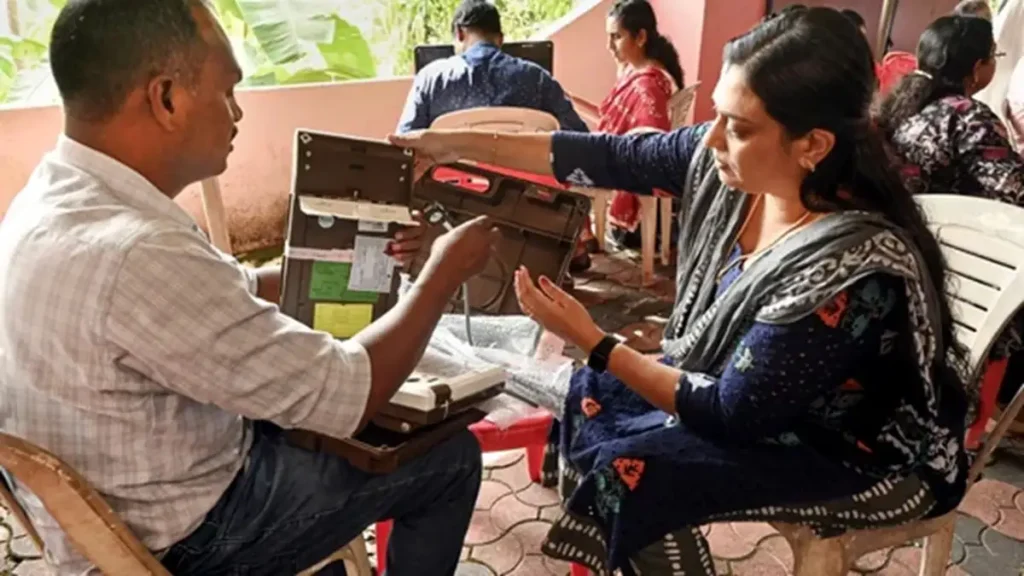Now Reading: GST Rate Changes: A Mixed Bag for the Apparel Sector
-
01
GST Rate Changes: A Mixed Bag for the Apparel Sector
GST Rate Changes: A Mixed Bag for the Apparel Sector

The recent GST rate revisions, effective from September 22, 2025, have created a two-tiered pricing landscape for the apparel industry, making some clothes cheaper while others become more expensive. This “GST 2.0” framework, which consolidates most goods and services into a simplified two-rate system of 5% and 18%, is a significant move aimed at streamlining the tax regime and correcting long-standing anomalies.
What’s Cheaper? The Win for the Common Consumer
The most notable change is the reduction of the GST rate on readymade garments and textile articles with a sale value not exceeding ₹2,500 per piece. This category, which was previously taxed at a higher rate of 12% for items between ₹1,000 and ₹2,500, now uniformly falls under the 5% slab. This is a considerable win for the average consumer, as it makes a vast range of everyday clothing more affordable. Retailers are expected to pass this 7% benefit directly to consumers, which could lead to an increase in demand, particularly in smaller towns and rural markets.
Furthermore, the GST on key raw materials like man-made fibres and yarns has been slashed from 18% and 12% to a uniform 5%. This addresses the long-standing “inverted duty structure,” which burdened manufacturers with higher tax on inputs than on the final product. The move is expected to boost the domestic textile industry by freeing up working capital for small and medium enterprises (MSMEs) and making Indian-made apparel more competitive on the global stage.
What’s More Expensive? The Impact on Premium Brands
Conversely, consumers of premium and luxury clothing will face a higher tax burden. Apparel and clothing accessories with a sale value exceeding ₹2,500 per piece have been shifted from the 12% GST slab to a new, higher rate of 18%. This change will significantly increase the final price of many items from high-street and international fashion brands. Industry experts and consumer associations have expressed concerns that this price hike could potentially dampen demand for mid-to-high-range apparel, affecting organized retail and the garment sector as a whole.
The Bottom Line for Shoppers and Businesses
In essence, the GST rate cut has created a distinct price divide in the clothing market. Affordable, mass-market clothing will get cheaper, benefiting a large segment of the population and potentially stimulating domestic consumption. Meanwhile, premium and luxury apparel will become more expensive. For businesses, the move provides a much-needed correction to the inverted duty structure, but it also forces premium brands to recalibrate their pricing strategies to balance the higher tax cost with consumer affordability and demand.
The new GST structure on apparel is a key part of the government’s broader “next-generation” reforms, which aim to simplify the tax system and support key sectors. While the impact on consumer pockets will vary depending on their purchasing habits, the overall goal is to create a more efficient and competitive textile industry.










